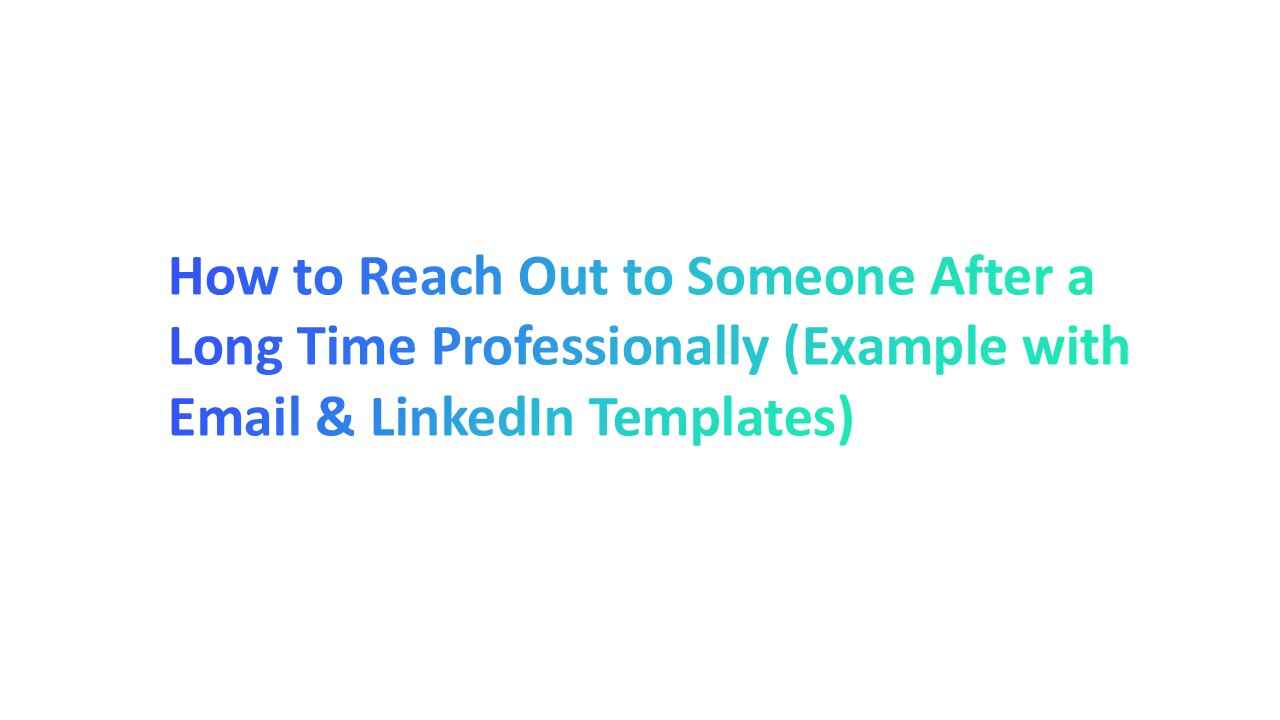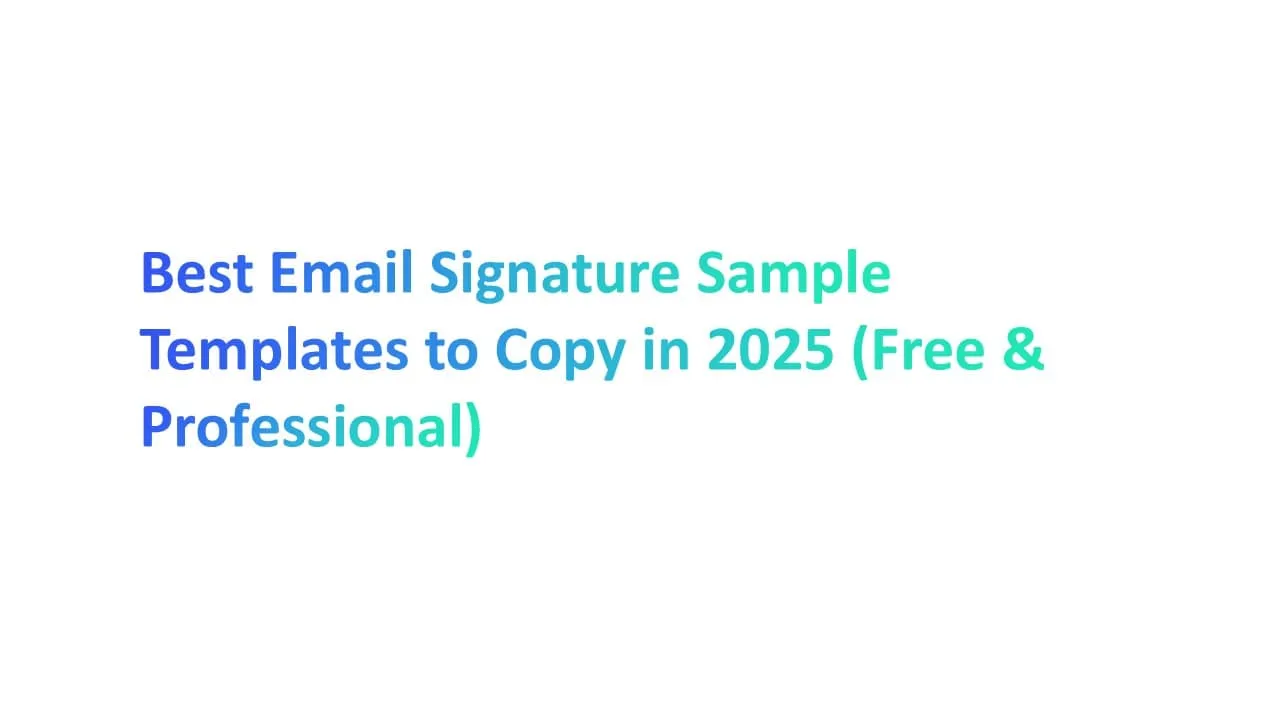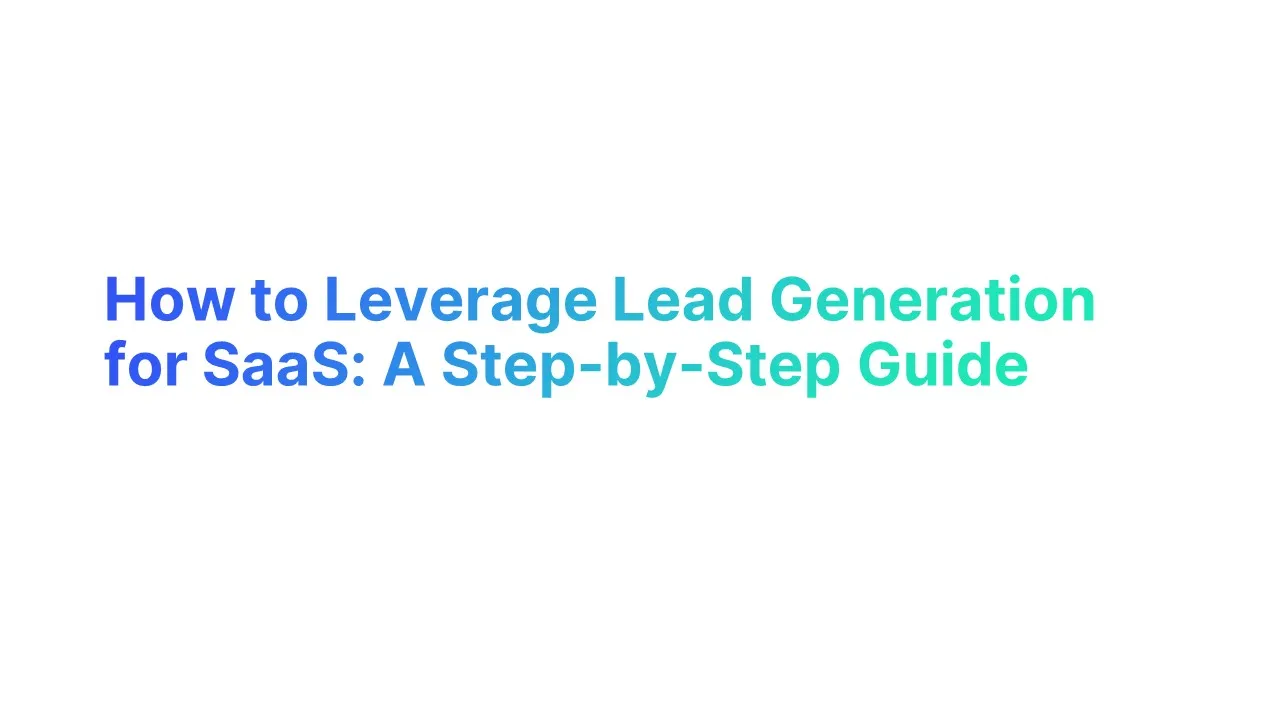Haven’t talked in ages — but now you need to reach out. What do you say without it feeling weird or out of the blue?
Reconnecting after a long gap can be tricky. You don’t want to come off pushy, random, or too late. But done right, one message can open doors again.
This guide gives you a real how to reach out to someone after a long time professionally example, plus simple email and LinkedIn templates that make it easy to reconnect — and get a response.
What Counts as “A Long Time” in Professional Communication?

In professional communication, a “long time” usually depends on context. If it’s a follow up email after a meeting or initial email, even one week of silence can feel delayed. For past interactions or old connections, a few months or more is often seen as a long gap.
You might have had a previous email thread, met at a networking event, or worked with them as previous clients. If the connection has gone cold or you’ve lost contact, that’s when reaching out again requires care — and the right follow up message.
Keep in mind:
- A short gap (1–2 weeks) needs a quick follow up.
- A longer gap (3+ months) may call for a personalized greeting or reminder of the last conversation.
- If they’ve started a new job or entered a new industry, it's a great moment to reconnect.
Using the right communication channel matters too — sometimes a LinkedIn message is better than email, especially if your own email bounces. If you're unsure, check their social media links or LinkedIn profile for activity and updates.
Why Reaching Out After a Long Gap Feels Awkward

It feels awkward to reach out after a long gap because you're not sure how the other person will respond. You may worry they’ve forgotten you or think it’s too late. This is common when you’ve had no previous interaction for months or you lost contact after a networking event or job change.
People also feel unsure about the message itself — how to write a subject line, how much detail to include, and whether to go with an email or a LinkedIn message.
If you’re not clear about your value proposition or how to express interest, it can feel uncomfortable. Add a busy schedule and hesitation grows.
Here’s why the awkwardness happens:
- You haven’t talked since a previous email or initial email and don’t know how to restart the conversation.
- You feel unsure if your contact changed their current job, phone number, or social media links.
- You're not sure if your old contact is still the right person to reach out to.
- You might be overthinking the follow up message or subject line, trying to make it perfect.
But here’s the key: clear communication and a simple, personalized greeting can remove that discomfort.
With the right follow up email template and examples — like the ones in this how to reach out to someone after a long time professionally example — you can start the conversation again with confidence and get a positive response.
The Cost of Not Sending That Follow Up
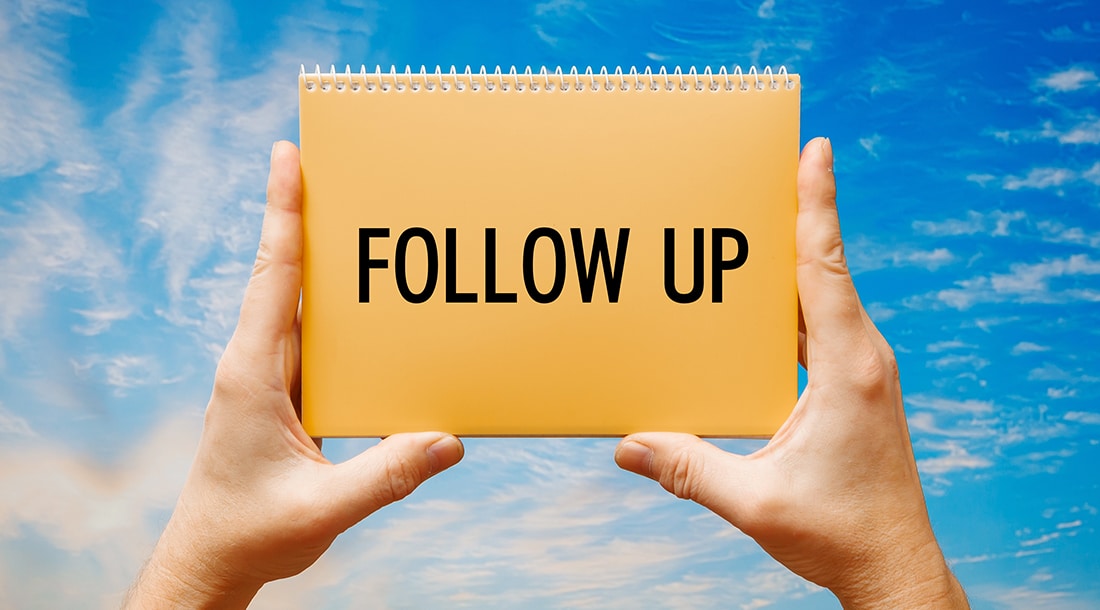
Not sending a follow up can cost you real opportunities. You may miss a new job, a quick call, or even a connection with someone in a new industry. It’s easy to think someone will reach out to you — but that often doesn’t happen.
You could have met at a trade show, a past event name, or had a great meeting with someone who forgot to reply. Without that next message, you risk becoming one of the old friends or old colleagues they forget. A simple follow up keeps you on their mind and opens the door to more conversation.
Here’s what you lose when you don’t follow up:
- Job opportunities that fit your job title
- Chances to grow your professional network and build new connections
- The value of shared interests that never turn into real talks
- Leads from previous clients who were waiting for more detail
You may also miss the perfect follow up email moment, especially if there was a meeting subject or clear pain point discussed.
Sending follow up emails, even after a busy schedule, shows interest and keeps the communication channel open. It also allows you to briefly explain your value and possibly get a positive response.
Choosing the Right Channel: Email vs LinkedIn Message
Sometimes it’s hard to decide where to send your follow up — your own email inbox or their LinkedIn profile. Both channels work, but each has its strengths depending on your goal and relationship.
When in doubt, start simple. A quick LinkedIn message can open the door, then you can move the conversation to email if needed.
Best Email Subject Practices to Craft your Initial Email
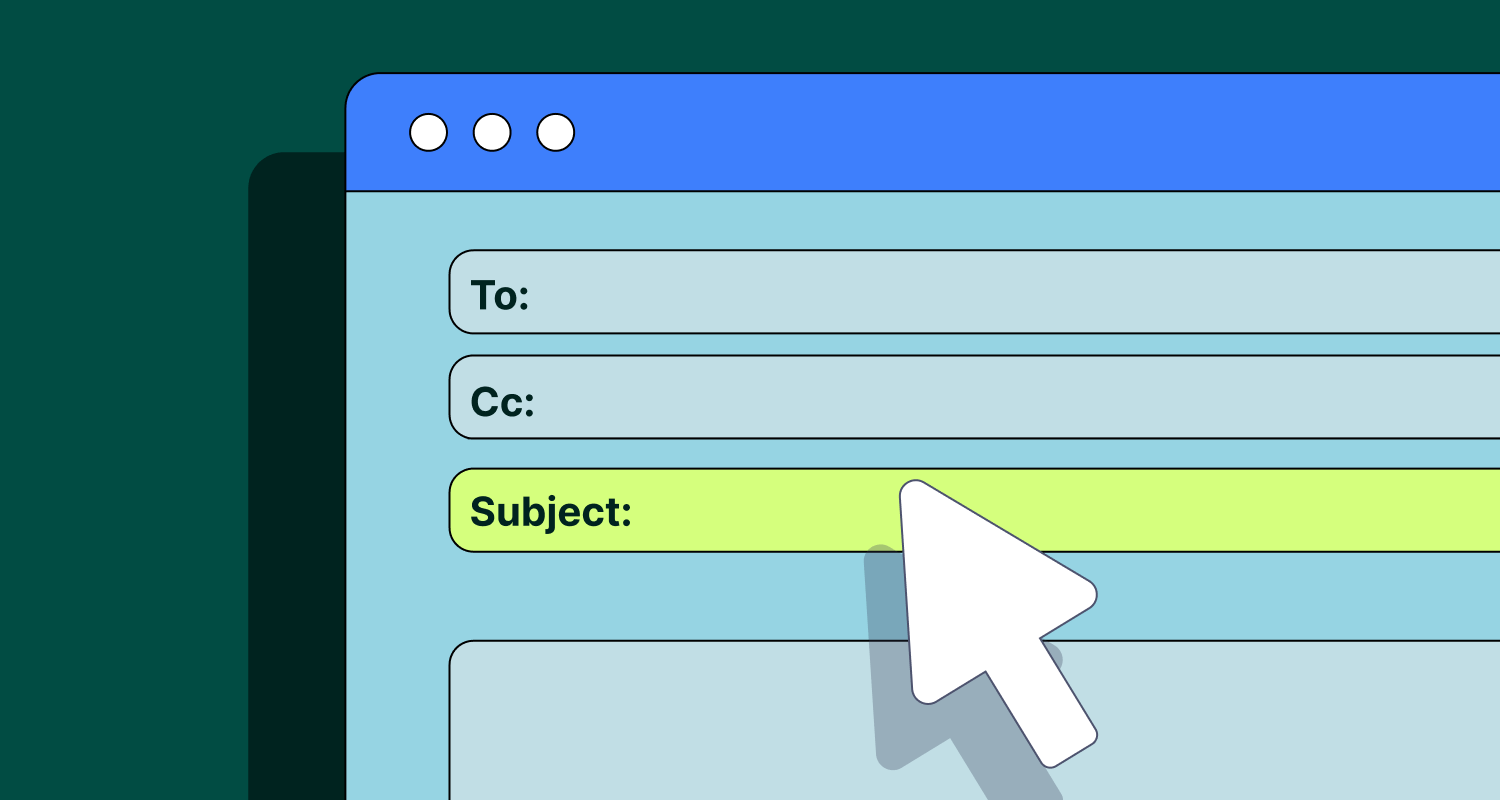
The subject line is the first thing someone sees. If it's confusing, too long, or boring, they might never open your message. A clear and useful subject line sets the tone and shows respect for the reader’s time.
1. Keep It Short and Clear
Short subject lines are easier to read and don’t get cut off, especially on mobile. Aim for 5–7 words if possible. You don’t need a full sentence — just enough to tell them why you're writing.
- Use a few simple words that match your message
- Skip long phrases and avoid too many details
- Good for a first follow up email or response follow up email
If you're writing about an upcoming event or company name, keep it simple: “Quick Note About [Event Name]” or “Follow-Up from [Company Name].”
2. Mention Shared Context or Connection
If you met the person at a networking event or had a great connecting moment, include that in your subject line. It helps remind them who you are and why you’re reaching out.
- Examples: “Following Up from [Event Name]” or “Nice Talking at [Company Name] Event”
- Helps when reaching out to old contacts or after an initial meeting
- Shows clear communication and adds a brief description of the connection
This works well in emails where you're planning multiple follow ups later — it keeps the thread tied to a shared moment.
3. Highlight Value or Benefit
Show what’s in it for them. A subject that hints at a benefit makes people more likely to open and read your email.
- Example: “Quick Idea to Help with [Pain Point]”
- You can briefly explain how you can add value
- This works especially well if you’re trying to discuss job opportunities or support a project at their company name
It also helps build a stronger message when you follow up again later.
4. Use Their Name (If Appropriate)
Including a name can make the email feel personal — like it’s meant just for them. But use it only if it feels natural.
- Examples: “Quick Note for [First Name]” or “Great Connecting, [First Name]”
- Makes your email stand out, especially after a busy week or event
- Works well with a warm regards or best wishes sign-off to match the tone
This adds a personal touch, especially when using professional formatting in your message.
5. Avoid Clickbait or Gimmicky Phrases
Don’t use tricks like “Urgent!!!” or “You won’t believe this.” They reduce trust and make your email seem spammy.
- Stay away from too many exclamation points or ALL CAPS
- Avoid fake urgency — instead, clearly say why you're writing
- People should know what they’ll hear when they open the email
Keeping it real builds trust and helps get a positive response.
6. Spark Curiosity Without Being Vague
It’s okay to be a little curious — just don’t be so vague that they don’t understand the point. Make them want to open your email to learn more.
- Bad: “Hey” or “Question”
- Better: “Quick Question About Your Team at [Company Name]”
- You can also use this when you want to schedule a quick call or follow up after an earlier message
Balance curiosity with clarity so the reader knows what to expect.
7. Test Different Subject Lines for Response Rates
Try different versions of subject lines to see what works best. Over time, you’ll learn what gets the most opens and replies.
- A/B test two similar emails with different subject lines
- Keep track of open rates and response follow up email success
- Helps improve future follow ups and boosts your chance to hear back
This is one of the key takeaways for writing better emails. The more you test, the better your results.
How to Optimize Your LinkedIn Profile Before Reaching Out
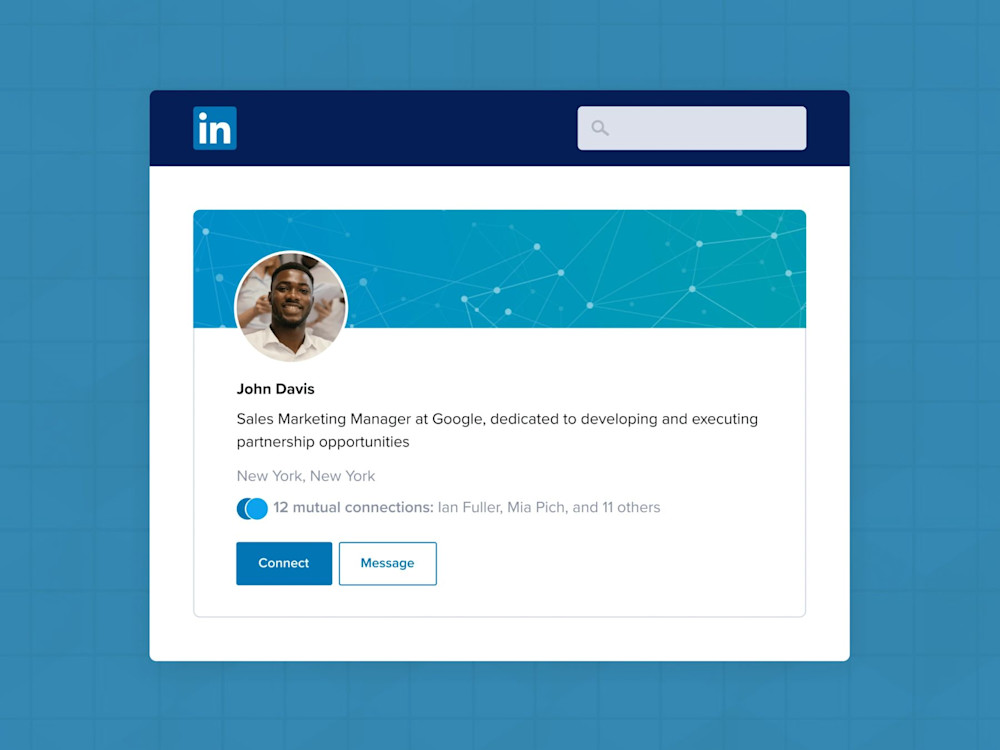
When someone receives your message, the first thing they’ll often do is check your LinkedIn profile. A clean, updated profile builds trust and helps people take your follow up seriously. Before you reach out — especially to an old colleague — make sure your profile says the right things.
1. Use a Professional, Recent Profile Photo
Your photo is the first thing people notice. A clear, friendly picture makes a big difference when you're trying to reconnect or build new contacts.
- Avoid selfies, filters, or group photos
- Use a simple background and wear something clean and professional
- Even if you’re reaching out to an old colleague, this helps reset the connection
2. Write a Clear and Concise Headline
Your headline should tell people what you do — not just your job title, but also your focus or value.
- Example: “Helping small teams grow with simple design”
- Skip vague words; be direct and clear
- This helps when you're doing multiple follow ups and want your profile to support your message
3. Craft a Personalized About Section
This section is your brief description — make it sound real, not robotic. Keep it short but meaningful.
- Talk about what you care about or what kind of work you love to do
- Mention your experience, goals, or any upcoming projects
- A strong About section makes it easier for someone to respond with “love to hear more” or “I was just thinking about this too”
4. Highlight Relevant Experience and Achievements
Make sure your experience section is complete and up to date. Don't leave old roles unfinished or vague.
- Add recent job titles and what you actually did there
- Focus on things that show your skills clearly
- Even a past role with an old colleague may catch attention if written well
5. Add a Strong Call-to-Action in Your Summary
End your About section with a clear next step — this shows you're open and active.
- Say something like “Let’s connect” or “Reach out if this sounds helpful”
- It’s a soft way to invite a message without pressure
- This supports the flow when you're sending a message and hoping for a reply like “looking forward to hearing from you”
6. Feature Work, Projects, or Media
LinkedIn lets you pin things to your profile. Use this to show what you've done or what you're working on.
- Add a short video, PDF, blog post, or project link
- Helps people see your work without asking for more info
- Keeps the follow up message short and clear
7. Get Endorsements and Recent Recommendations
Even one or two fresh recommendations can boost trust. Ask old colleagues or people you worked with recently.
- Focus on people who can write something real — not just copy-paste lines
- A short note like “always delivered on time” goes a long way
- Makes your message more credible, especially during cold outreach
8. Customize Your LinkedIn URL
A clean link looks better when shared in a follow up email or LinkedIn message.
- Avoid random numbers and letters in the URL
- Example: linkedin.com/in/yourname
- Easy to include in your signature with warm regards or best regards
9. Check for Typos, Inconsistencies, or Outdated Info
Typos make your profile look rushed. Outdated info can confuse people and slow down the conversation.
- Make sure your current role, job title, and company are correct
- Check for wrong dates or missing sections
- Small fixes help you look sharp when sending follow ups or cold messages
10. Be Active Before Reaching Out (Likes, Comments, Posts)
When someone sees your message, they may visit your profile to see if you’ve been active. Even liking or commenting shows you’re present.
- Like a post or comment on something useful
- It helps you stay on their radar
- A little effort upfront can lead to a smoother response, especially when you’re hoping to hear back
10 Follow Up Email Templates for Reconnecting After a Long Time
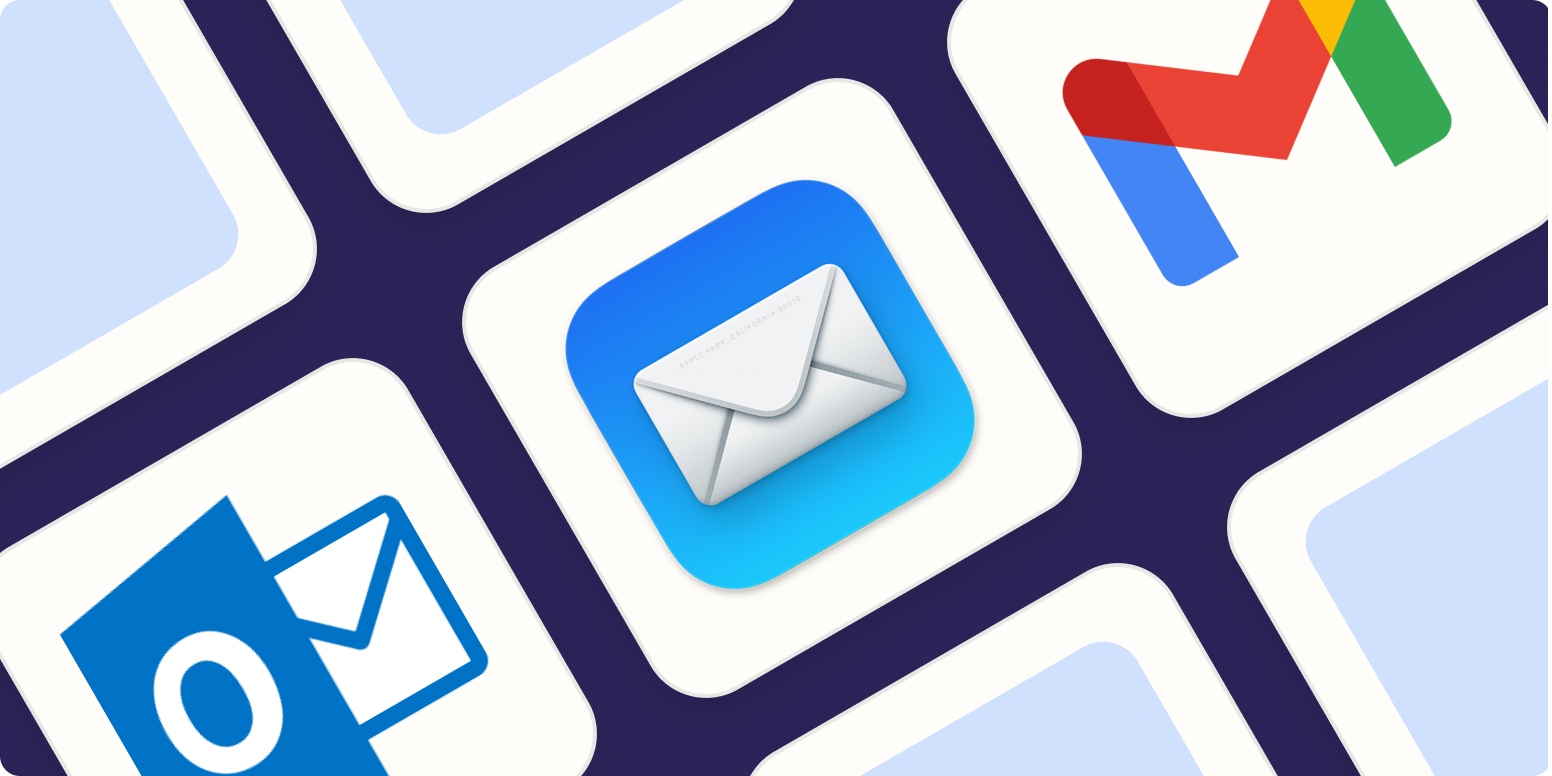
Reaching out after a long time can feel awkward, but the right message makes all the difference. Below are 10 follow up email templates you can use to reconnect smoothly and professionally.
1. Message to a Former Colleague You Haven’t Spoken to in a While
2. Email to Reconnect with a Past Client
3. Gentle Follow-Up After No Reply
4. Quick Check-In After a Long Gap
5. Reaching Out After Meeting at an Event
6. Asking for Advice After Time Apart
7. Following Up on an Old Proposal or Idea
8. Reconnecting with Someone Who Showed Interest Before
9. Touching Base with a Former Manager or Mentor
10. Saying Hello to a Professional Contact You Lost Touch With
Timing Your Follow Up: When and How Often to Reach Out
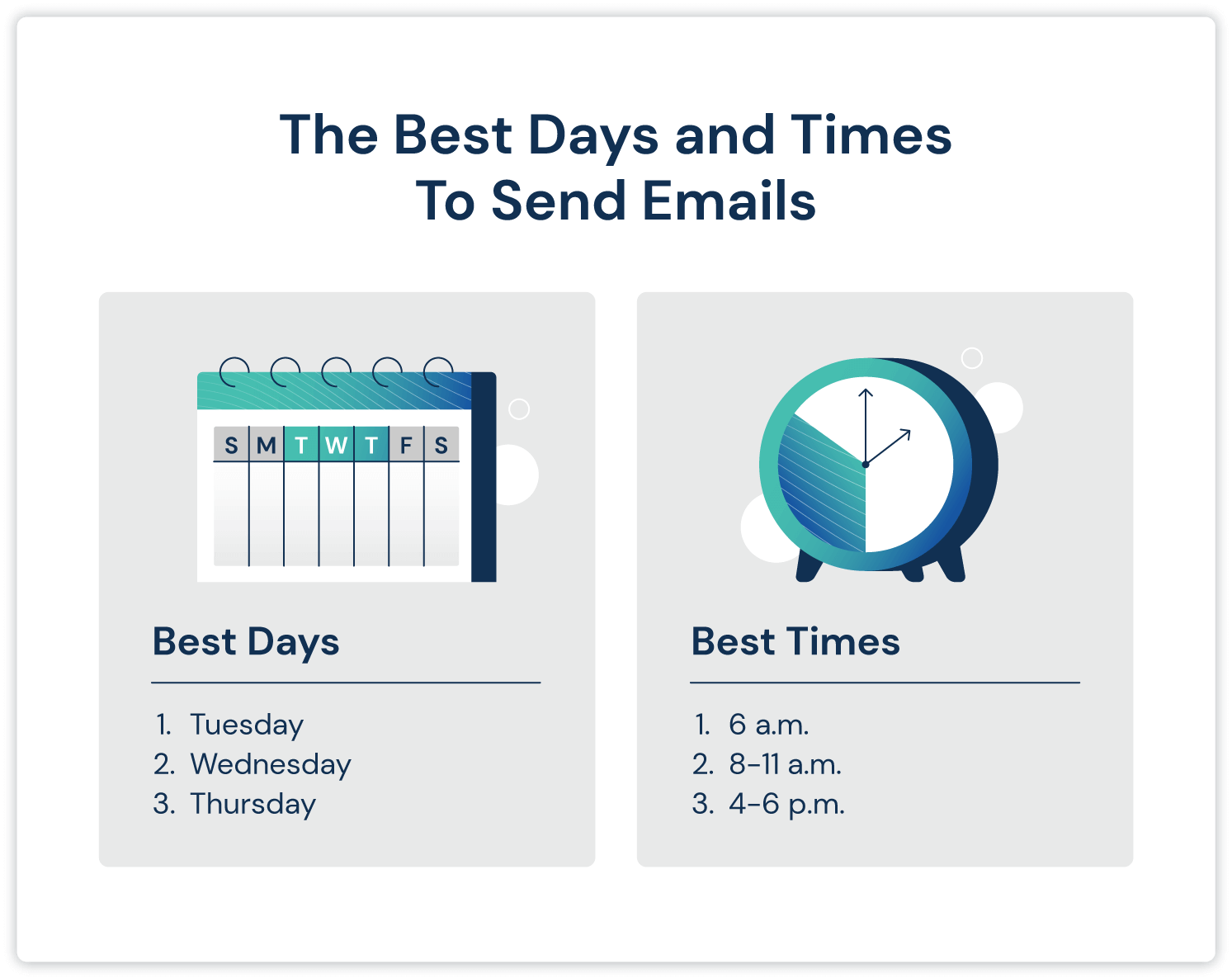
The timing of your follow up matters more than most people think. If you follow up too soon, it may feel pushy. If you wait too long, the other person might forget about you or the context.
A good follow up flow depends on what kind of message you’re sending. Start with a short gap, then space out future messages more.
- After your initial message, wait 3–5 days before your first follow up
- If there’s still no reply, wait 7–10 days for the second follow up
- For a third follow up (if needed), give it 1–2 weeks
You don’t always need to send multiple follow ups. But if you do, keep each message polite, short, and different — not just a copy of the last one. Always make it easy for them to respond when they’re ready.
How Many Follow Up Emails Are Too Many?
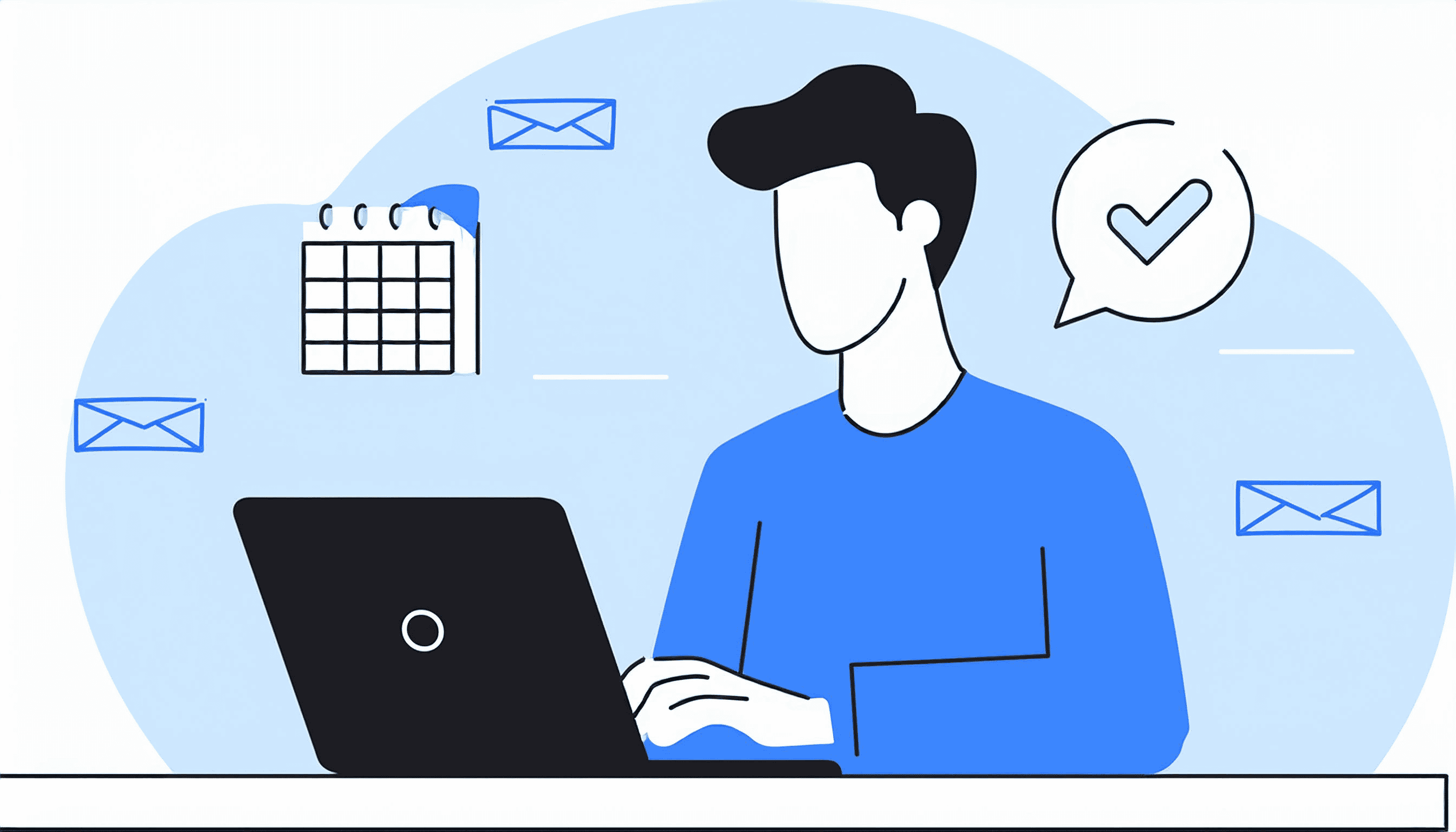
Sending one follow up email is often not enough — people get busy or forget to reply. But sending too many can feel annoying or desperate, especially if they’re all the same.
A safe number for most situations is 2 to 3 follow up emails after your initial message. Each one should add something new or remind them politely.
- First follow up: 3–5 days after the initial email
- Second follow up: 7–10 days after that
- Third (final) follow up: 1–2 weeks later, if there’s still no reply
If you’ve sent three follow ups and still haven’t heard back, it’s usually best to stop. Leave the door open for them to reply later and move on respectfully.
Handling Silence: What to Do When Follow Ups Don’t Work

Sometimes, even after a few follow up emails, you don’t get a reply. That silence can feel confusing, but it doesn’t always mean they’re not interested. People might be busy, on leave, or simply not ready to respond.
If you’ve sent 2–3 follow ups and still hear nothing, it’s okay to step back — but end on a polite and open note.
- Send a final message that’s short and respectful
- Let them know you’re happy to reconnect anytime
- Avoid pressuring them or asking “why haven’t you replied?”
You can also stay connected in other ways, like engaging with their posts on LinkedIn. It keeps the door open without crowding their inbox.
Key Takeaways for Reaching Out Professionally After Time Apart
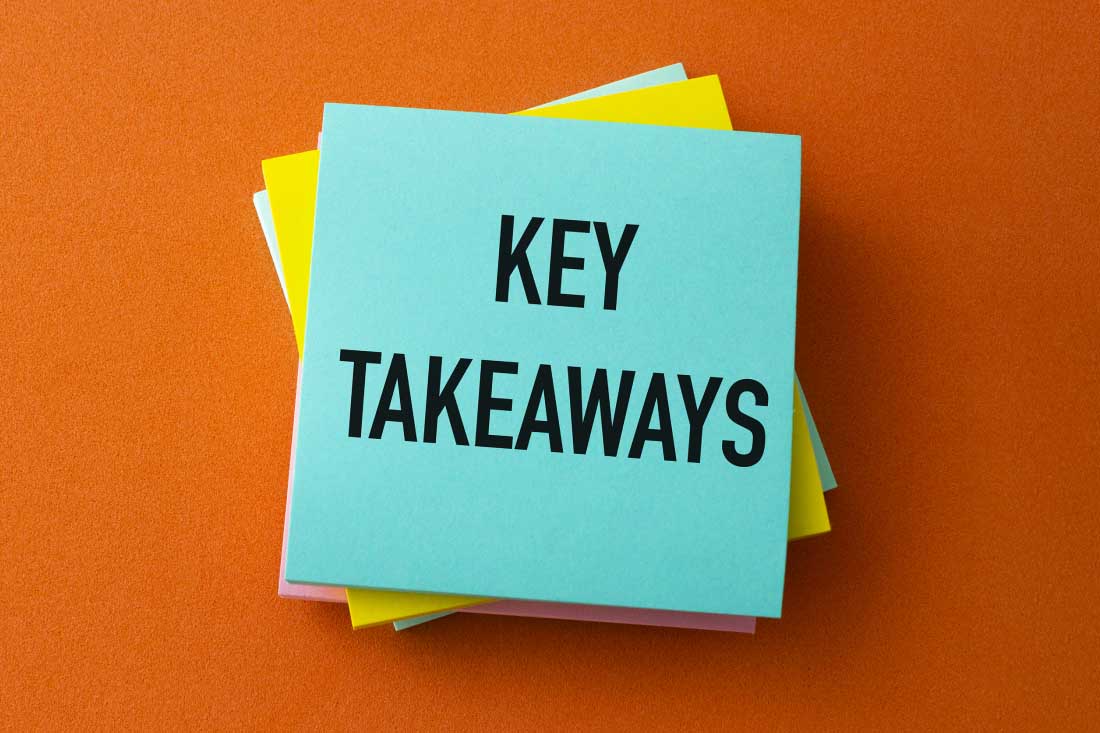
Reconnecting after a gap doesn’t have to feel awkward. With the right timing, tone, and message, you can restart the conversation smoothly.
1. Acknowledge the Gap
- Briefly recognize the time since you last connected.
- Keep it light and positive—avoid over-apologizing.
2. Lead with Warmth
- Start with a genuine greeting.
- Mention something personal or professional you admire about them.
3. Provide Context
- Remind them of how you know each other or what you last worked on together.
- Frame the outreach so they instantly recall the connection.
4. State Your Purpose Clearly
- Be upfront about why you’re reaching out (collaboration, advice, opportunity, catch-up).
- Keep it concise and respectful of their time.
5. Offer Mutual Value
- Highlight how the conversation could benefit both sides.
- Show that you’re not just asking for something—you’re contributing too.
6. Suggest a Next Step
- Propose something specific (a short call, coffee, email follow-up).
- Make scheduling easy and flexible.
7. Keep the Tone Professional Yet Human
- Avoid sounding stiff or overly formal.
- Aim for approachable, confident, and respectful.
8. Close Thoughtfully
- Thank them for their time and consideration.
- Leave the door open, even if they can’t reconnect right away
Even if you don’t get a response right away, a well-written message leaves a positive impression. And sometimes, that’s all you need to open the door later.
Conclusion
Now that you’ve read this far, it means you're serious about reconnecting — and that’s the first step that already sets you apart.
Don’t overthink it. One simple message, sent with thought and respect, can rebuild a bridge that’s been quiet for years. Take five minutes today to reach out to someone you’ve been meaning to — not because you need something, but because it matters.
You never know what a single message can restart.

